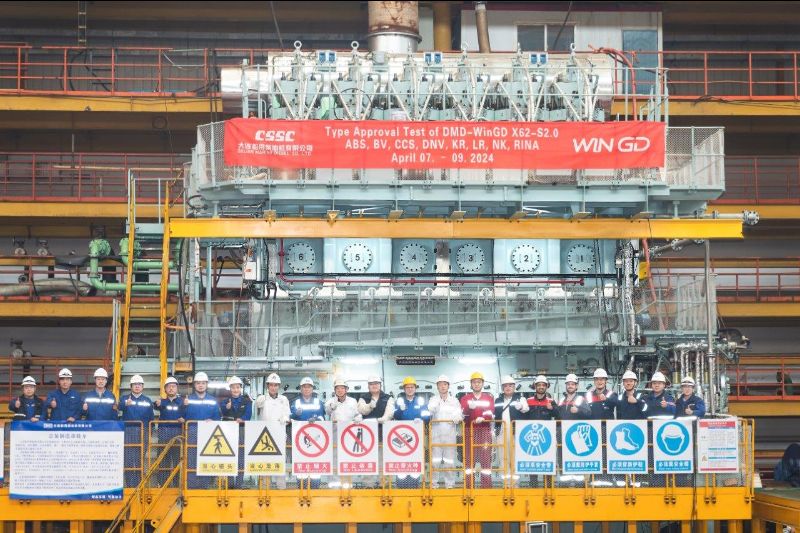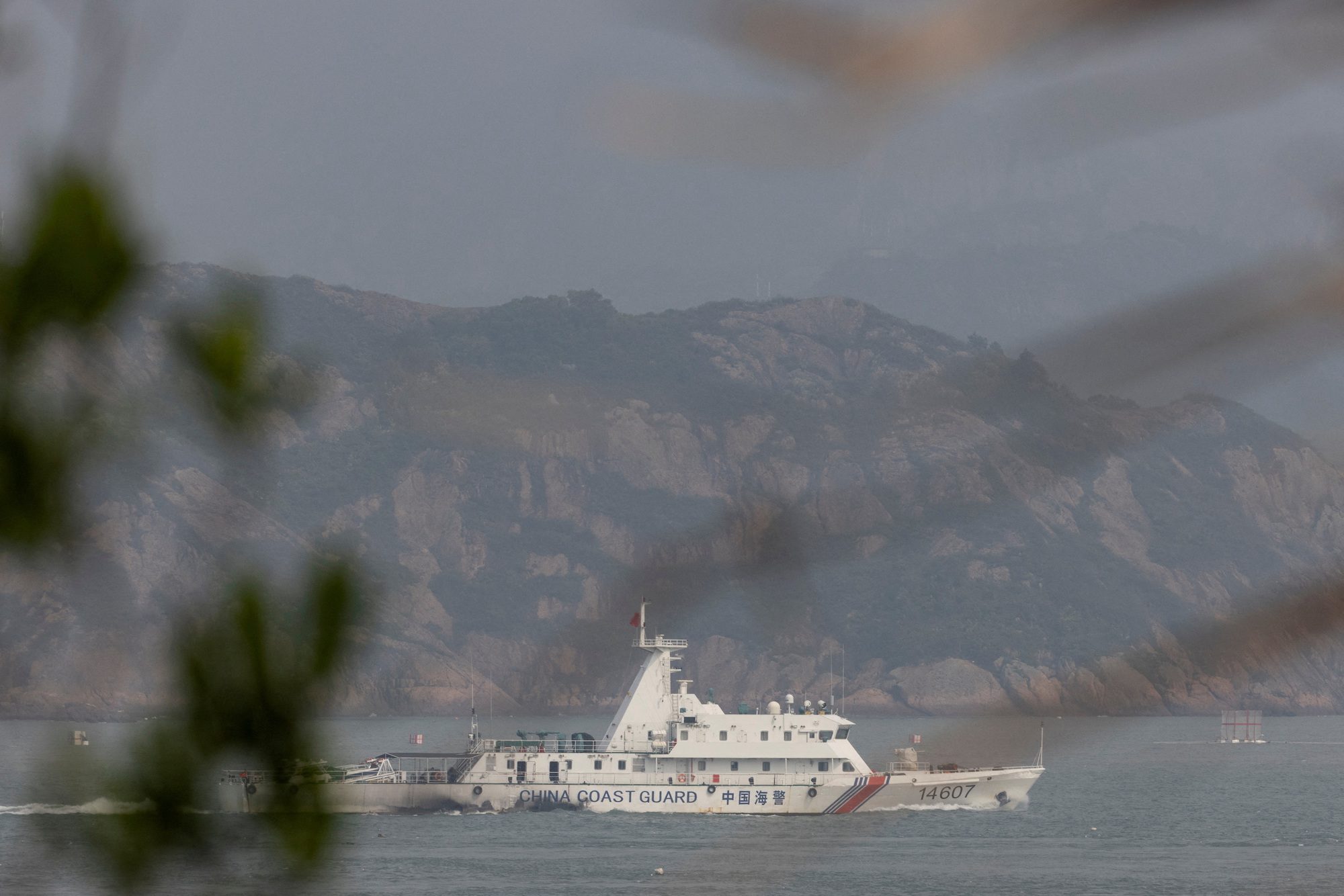Sea Stories – Training At Sea
Training at Sea
by Jeffrey Musk
A few months ago I returned to my rotary job onboard a Roll on/Roll off in the Pacific Ocean. Along with the familiar faces of the crew I had been working with for several years was the even more familiar face of my younger brother. He had just finished the first phase of his training program at the Harry Lundeberg School of Seamanship. As it happened, my ship was sailing foreign the same day that he was to be assigned to his first vessel. He had the good luck to talk to the placement officer at the school and was sent to my ship as soon as he had said that he had a brother who was an officer in the Merchant Marine.
As an apprentice his time would be split evenly between the deck, engine, and stewards department. While working with the deck department he would take his job assignments from the Boson and work alongside the unlicensed crew. To assure that he received ample hands on training beyond needle gunning and cleaning holds, I arranged a training schedule to have each of the two Ordinary Seamen and the Apprentice come to the bridge on a rotating schedule during my watch with the Captain’s permission.
This on the job training was not mandatory for the novice crew, but my brother was eager to learn as much about standing a watch and steering as he could. I strongly encouraged the ordinaries as well. They were more than happy to spend an hour on the bridge once or twice a week and still get their overtime.
First up was one of the ordinaries. English was a second language for him so I went slow being sure he retained what we discussed. We first covered the basics of how a lookout reports objects and how the compass repeaters functioned. Then I began to explain the mechanics of how the ship’s course was controlled. Each time I mentioned the rudder I would find a quizzical look on the ordinaries face.
After some questioning I was surprised to learn that this particular mariner, whom had been at sea for nearly a decade, had never understood how a ship’s heading was changed.
This bothered me for two reasons. First as a hard working ordinary seaman, I felt that he would naturally take an interest in learning anything new about the way a ship worked. Secondly, his lack of knowledge was probably perceived on other ships as a lack of intelligence and this perception likely hindered any encouragement for him to move up the hawse pipe. Fortunately I had a folder of shipyard photos on the bridge computer so we looked at those before going any further.
It was almost an identical situation for the second ordinary. He too spoke English as a second language and was fluent, but when it came to the basic mechanics of ship construction, rudder and propeller interaction for example, he was completely at a loss.
With my brother on the bridge we moved a little quicker. He had handled small boats all his life, but we still covered every aspect of standing an efficient bridge watch. I also made sure that he had as much helm time as his work schedule would allow. I felt compelled to ensure that he would be prepared for his next ship and that his reputation would not be tarnished by any lack of seafaring knowledge that was expected from an ordinary seaman.
His training was not only limited when working with the deck department. During his 30 days in the engine department he was exposed to the hot and loud world of engineering. Of course he was often used as a spare hand to run for tools or oil absorbents, or as a wiper to keep the decks and machinery cleaned, but the engineers onboard still made sure that he was familiar with the major equipment and tools. Even when working with the steward’s department he learned how much work was involved in keeping 21 souls fed.
It is too often that I encounter ordinaries, apprentices, and cadets who have sailed on ships where there was little or no direct training provided onboard. In the hectic daily grind the most important part of their maritime education is being overlooked.
I feel that this has a detrimental affect on entrance level mariners in the Merchant Marine workforce. If these sailors are not shown that it is imperative to ask questions and are not encouraged to learn about the ship they work and live on, than their development is hindered. Instead of being an asset to the vessel, they just continue to be a fly on the wall and an idle spare hand, often learning from their mistakes the right way to do something rather than being shown the proper way first.
In the case of my brother, onboard training was an essential component of his vocational education at the Piney Point. Like any cadet’s sea project, it was built right in to his, but it wasn’t enough just to fill in the answers and spend the minimum amount of time on the helm. Having an officer, or another AB, or a boson take an active role in teaching him expanded his knowledge well beyond what his sea project demanded. In the case of the two ordinary seamen fire and boat drills constituted the majority of their formal training in years.
Having my own sibling onboard definitely reinforced the importance of teaching my subordinates. In an emergency I have to trust my life to them, whether in fighting a fire or releasing gripes on a lifeboat. Expecting entry-level mariners to understand their ship and the duties that will sooner or later be their own is paramount in retaining skilled personnel at sea.
__________
Jeff Musk has been a sailing on merchant vessels since 2004 working on coastal tankers and most recently a commercial roll on/roll off.

Subscribe for Daily Maritime Insights
Sign up for gCaptain’s newsletter and never miss an update
— trusted by our 109,138 members

Get The Industry’s Go-To News
Subscribe to gCaptain Daily and stay informed with the latest global maritime and offshore news

 Join The Club
Join The Club








